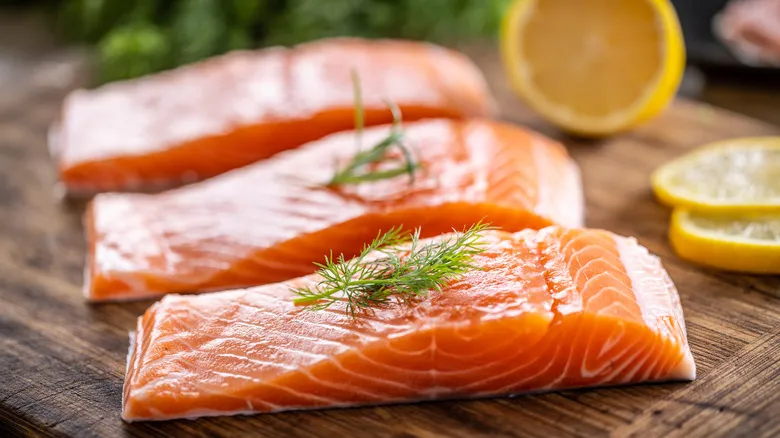Tips for selecting superior salmon
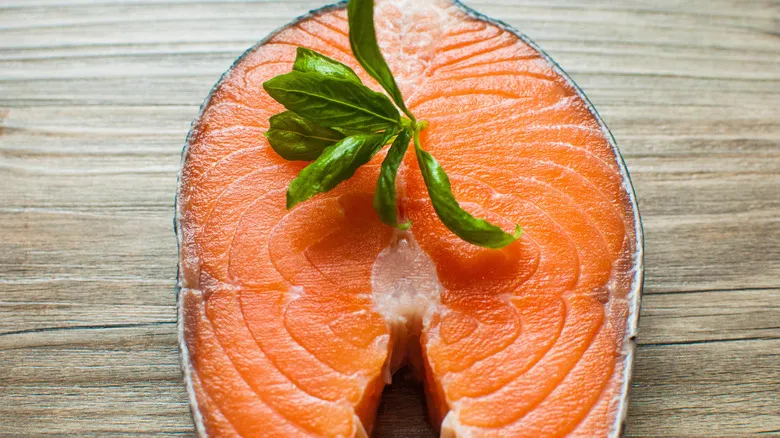
Selecting salmon involves understanding various factors, such as the distinctions between farmed and wild salmon, as well as why king salmon tends to be pricier. Seafood expert Robert DiGregorio emphasizes that not all salmon is created equal, making it beneficial to consult a guide when purchasing salmon at the grocery store.
In addition to knowing the species and source of the salmon, assessing quality begins with its appearance and smell. DiGregorio advises, "Look for salmon fillets or portions that exhibit a consistent, natural color, firm texture, and a clean, fresh aroma. Steer clear of fillets that appear dry or are separating along the muscle seams." When you press the fish with your finger, it should feel firm and bounce back; a mushy texture is a warning sign. Any brown spots or discoloration are also indicators of poor quality, although some King salmon may naturally have an ivory hue.
There are various cuts of salmon, each with different fat content and texture, including center cuts, fillets, tail pieces, bellies, and collars. DiGregorio notes that the best cut to choose depends on your cooking method. He suggests, "For salmon burgers, opt for cuts closer to the tail. Don’t overlook salmon collars for grilling, or choose beautiful center cut portions for a more refined presentation." While collars may not have the elegance of center cuts or fillets, they are cost-effective and have a uniform thickness, making them ideal for grilling.
Recommended
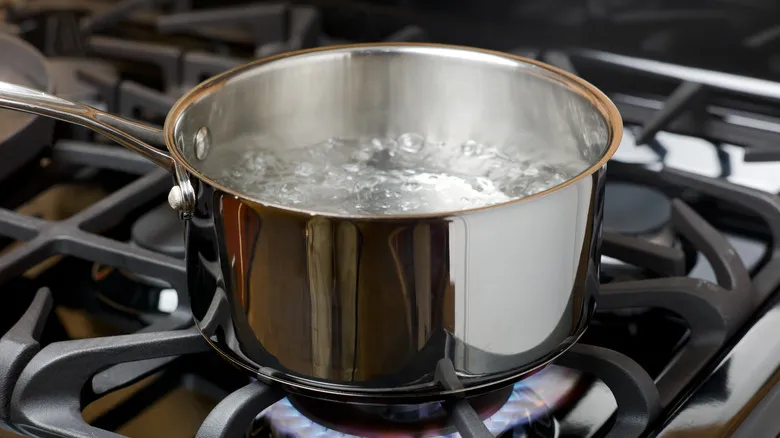
Here's How To Make Your Own Distilled Water At Home. It's Easy
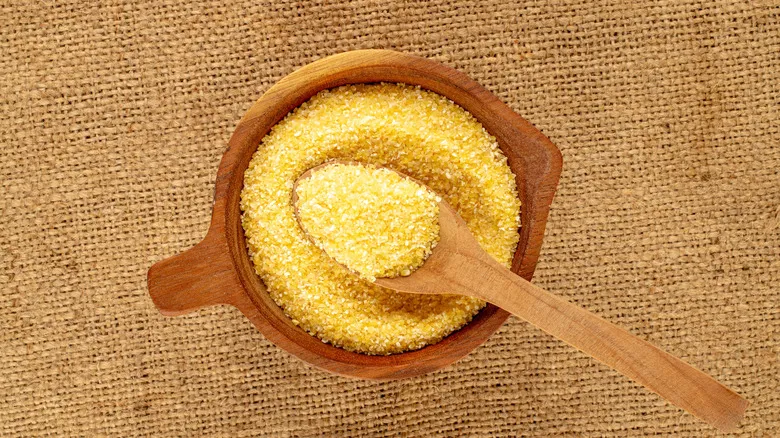
Forget Shrimp And Grits, And Start Using Fish Instead

Reverse Sear Your Next Pork Tenderloin For More Flavor And Texture
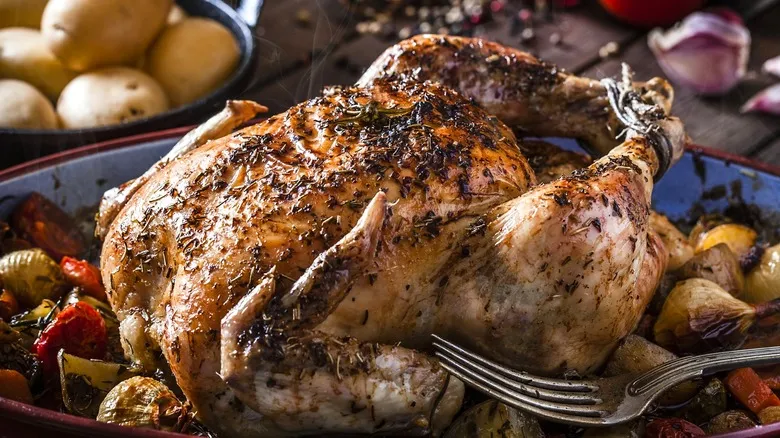
Never Suffer Dry Baked Chicken Again. Here's How
Next up

